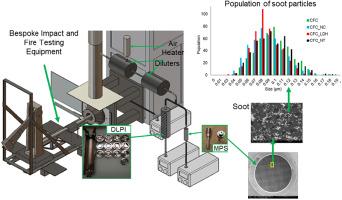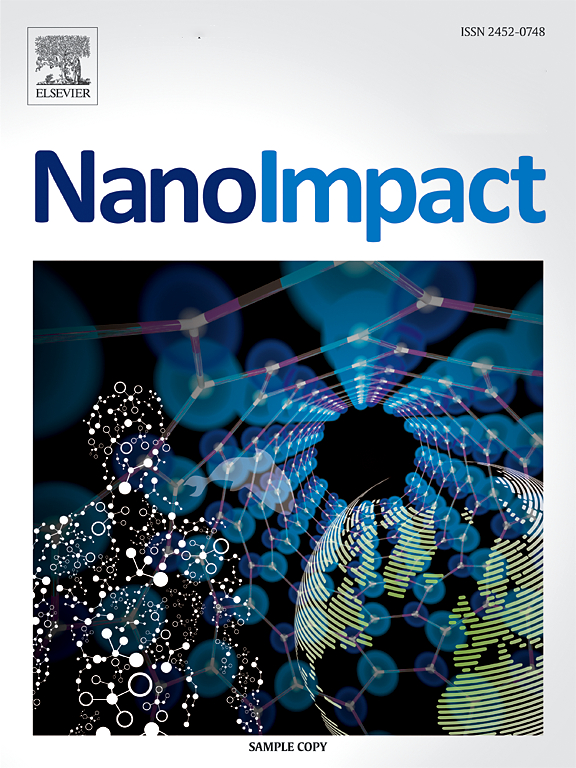Characterization of aerosolized particles in effluents from carbon fibre composites incorporating nanomaterials during simultaneous fire and impact
Abstract
This work investigates the aerosols emitted from carbon fibre-reinforced epoxy composites (CFC) incorporating nanomaterials (nanoclays and nanotubes), subjected to simultaneous fire and impact, representing an aeroplane or automotive crash. Simultaneous fire and impact tests were performed using a previously described bespoke testing methodology with the capability to collect particles released from the front/back faces of the impacted composites plus the effluents. In this work the methodology has been further developed by connecting the Dekati Low Pressure Impactor (DLPI) and Mini Particle Sampler (MPS) sampling system in the extraction chimney. The aerosols emitted have been characterized using various devices devoted to the analysis of aerosols. The influence of the nanoadditives in the matrix on the number concentration and the size distribution of airborne particles produced, was studied with a cascade impactor in the 5 nm–10 μm range. The morphology of the separated soot fractions was examined by SEM. The measurement of aerodynamic size of particles that can deposit in human respiratory tract indicate that 75% of the soot and particles released from CFC could deposit in the lungs reaching the bronchi region at a minimum. There was however, a minimal difference between the number particle concentrations or particle-size mass distribution of particles from CFC and CFC containing nanoadditives. Moreover, no fibres were found in the effluents.


 求助内容:
求助内容: 应助结果提醒方式:
应助结果提醒方式:


